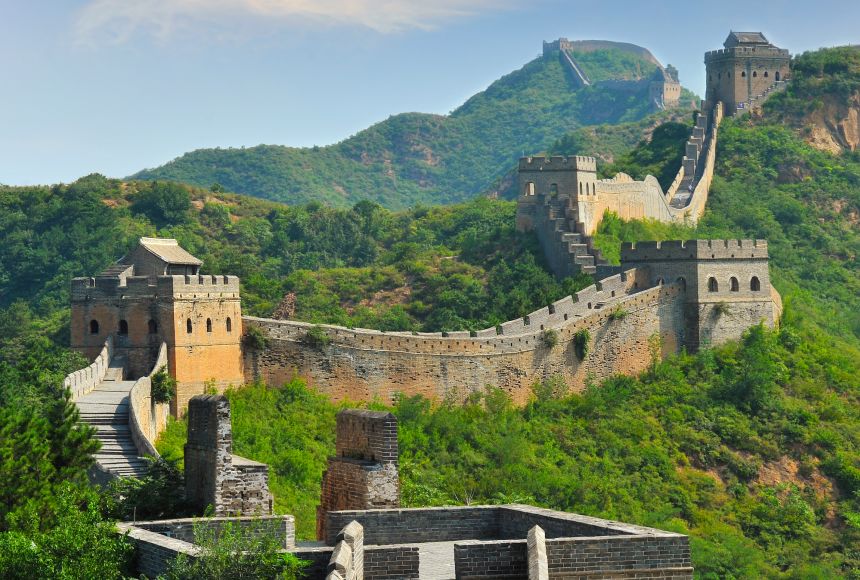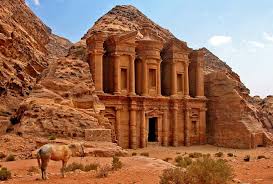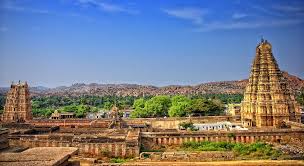Asia, with its rich tapestry of history and culture, offers a plethora of historical sites that are not only visually stunning but also steeped in centuries of heritage. As we move into 2024, many travelers are seeking to explore Asia’s ancient wonders and historical landmarks. Here’s a guide to the must-visit historical sites across Asia for the coming year.
1. The Great Wall of China, China

The Great Wall of China is an iconic symbol of China’s historical might and engineering prowess. Stretching over 13,000 miles, this ancient fortification was originally built to protect Chinese states from invasions.
- Mutianyu Section: Less crowded than Badaling and offers breathtaking views.
- Badaling Section: The most popular and well-preserved part of the Wall.
- Jiankou Section: Known for its rugged and dramatic terrain.
2. Angkor Wat, Cambodia
Angkor Wat is the largest religious monument in the world and a UNESCO World Heritage Site. This sprawling temple complex is renowned for its stunning Khmer architecture and intricate carvings.
- Central Temple: The heart of Angkor Wat, showcasing detailed bas-reliefs.
- Angkor Thom: Features the Bayon Temple with its famous smiling faces.
- Ta Prohm: Known for the trees growing over the ruins, creating a mystical atmosphere.
3. Taj Mahal, India
The Taj Mahal, an exquisite example of Mughal architecture, is renowned worldwide for its stunning beauty and as a symbol of eternal love. This white marble mausoleum was built by Emperor Shah Jahan in memory of his wife Mumtaz Mahal.
- Main Mausoleum: The central structure surrounded by lush gardens.
- Charbagh Garden: A classical Persian-style garden layout.
- Tomb of Shah Jahan: Located in the lower chamber of the mausoleum.
4. Kyoto’s Kinkaku-ji (Golden Pavilion), Japan
Kinkaku-ji, or the Golden Pavilion, is a stunning example of traditional Japanese architecture set amidst beautifully landscaped gardens. The temple’s top two floors are covered in gold leaf, reflecting beautifully in the surrounding pond.
- Golden Pavilion: The iconic, shimmering structure.
- Ryoan-ji Temple: Nearby, famous for its rock garden.
- Nijo Castle: A historical castle with beautiful gardens and architecture.
5. Petra, Jordan

Petra, an ancient city carved into red sandstone cliffs, is one of the New Seven Wonders of the World. This archaeological wonder was once a thriving trade center and is renowned for its rock-cut architecture.
- Al-Khazneh (The Treasury): The most famous structure, carved into the rock face.
- Al-Deir (The Monastery): A grand, less-visited monument offering stunning views.
- The Siq: The dramatic canyon entrance to Petra.
6. Borobudur, Indonesia
Borobudur is the world’s largest Buddhist monument, located in central Java. This massive stupa is adorned with thousands of relief panels and statues that depict the life of the Buddha.
- Main Stupa: The central structure surrounded by smaller stupas.
- Relief Panels: Detailed carvings depicting Buddhist teachings.
- Sunrise Tour: Offers a magical experience as the sun rises over the monument.
7. Bagan, Myanmar
Bagan is an ancient city with thousands of Buddhist temples and pagodas scattered across a vast plain. It’s renowned for its stunning temple architecture and picturesque sunrise and sunset views.
- Shwezigon Pagoda: A major pilgrimage site with a gold-plated stupa.
- Ananda Temple: Known for its beautiful architecture and four large Buddha images.
- Temples of Old Bagan: Numerous temples offering a glimpse into the ancient city’s grandeur.
8. Gyeongju, South Korea
Gyeongju, known as “the museum without walls,” is rich in historical sites from the Silla Kingdom period. The city boasts a wealth of ancient tombs, temples, and palaces.
- Bulguksa Temple: A UNESCO World Heritage Site with exquisite architecture.
- Seokguram Grotto: A hermitage featuring a grand Buddha statue.
- Ancient Tombs: Tumuli Park with large burial mounds.
9. The Forbidden City, China
The Forbidden City in Beijing was the imperial palace for 24 emperors of the Ming and Qing Dynasties. It is a sprawling complex of palaces, courtyards, and gardens.
- Imperial Palaces: The central areas where the emperor resided.
- Meridian Gate: The main entrance to the Forbidden City.
- The Hall of Supreme Harmony: The largest hall within the complex.
10. Hampi, India

Hampi, a UNESCO World Heritage Site, is an ancient village in Karnataka known for its ruins of Vijayanagara Empire. The site is known for its rich history and stunning temple architecture.
- Virupaksha Temple: A key temple dedicated to the Hindu god Shiva.
- Hampi Bazaar: An ancient marketplace with ruins of pavilions and temples.
- Stone Chariot: An intricately carved chariot-shaped structure.
Conclusion
Asia’s historical sites offer a fascinating glimpse into the continent’s rich cultural heritage. From the grandeur of the Taj Mahal to the ancient ruins of Petra, each location tells a unique story of past civilizations. Whether you’re a history enthusiast or a curious traveler, these must-visit historical sites in Asia in 2024 will provide unforgettable experiences and insights into the region’s storied past.
Plan your journey to these remarkable destinations and immerse yourself in the history and culture of Asia’s most captivating landmarks. Happy exploring



